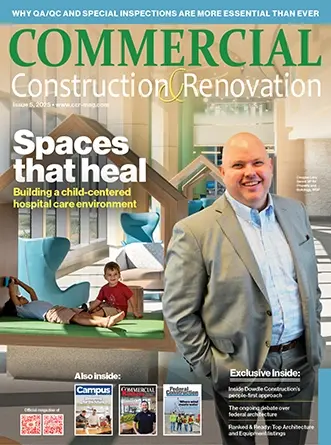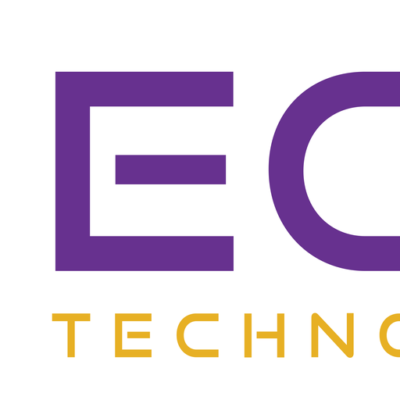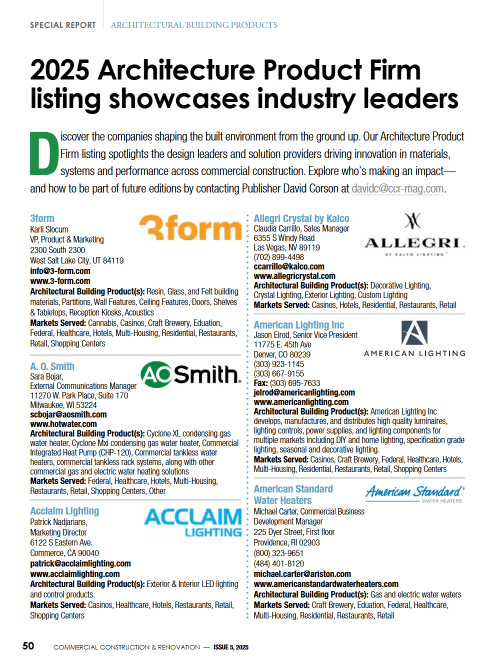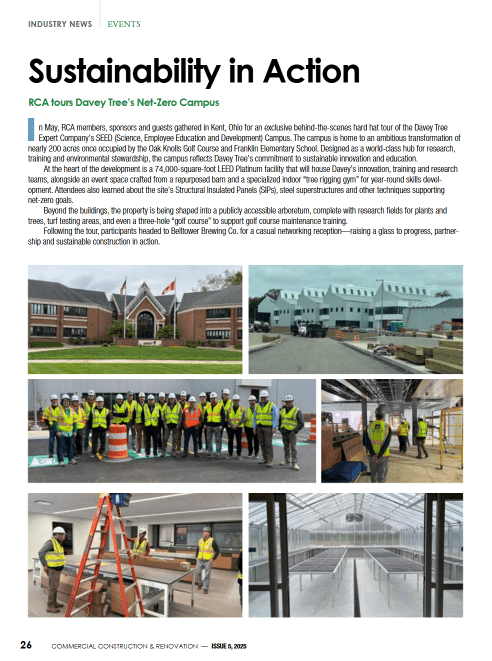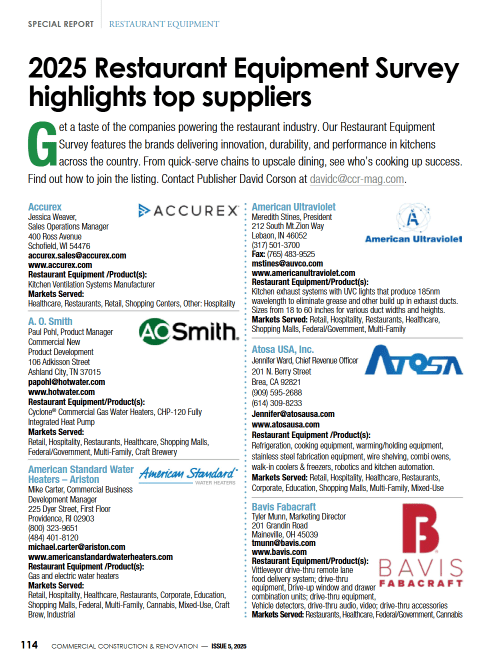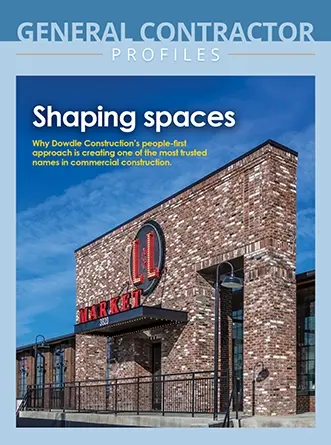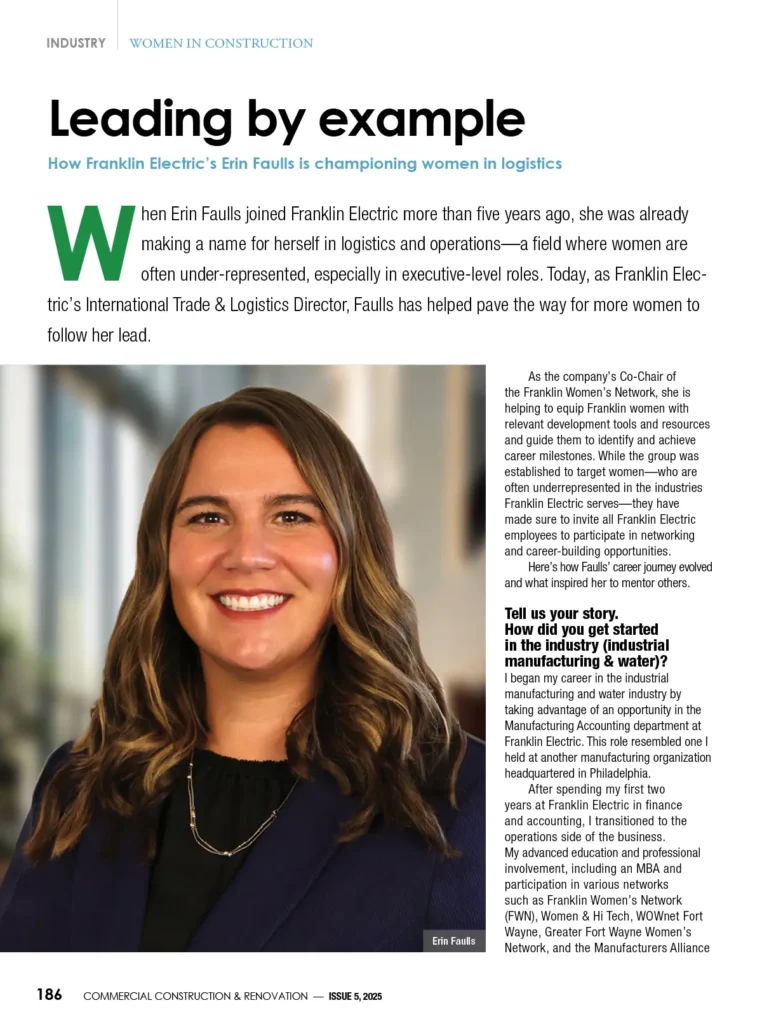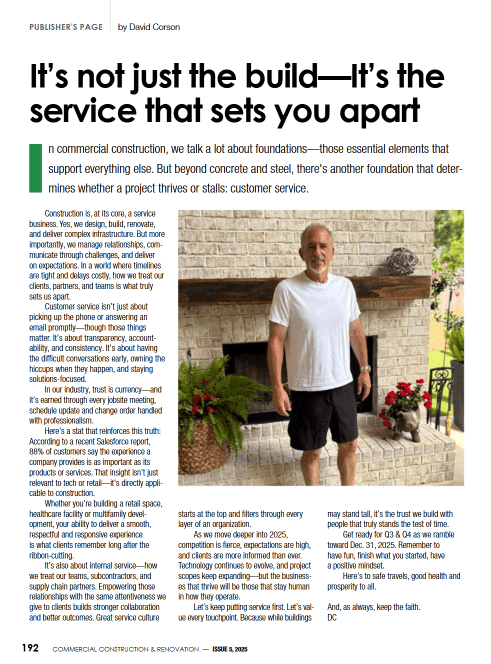It’s no surprise that buildings are a significant contributor of carbon emissions. To effectively tackle the climate crisis and reach net-zero emissions by 2050, facility managers are tasked with implementing new investments and technologies that contribute to building decarbonization.
While there are many pathways to reducing emissions, one budget-friendly decision that is often overlooked is improving building HVAC systems.
As HVAC equipment ages, associated operational costs rise, taking more time for maintenance. Additionally, efficiency declines, resulting in greater energy consumption, carbon emissions and utility costs.
Why does this happen and how can it be mitigated?
Continue reading below.
Of course, clearly neglected maintenance, soiled filters, dirty condenser and evaporator coils, worn contactors, out of spec capacitors, leaking ducts, excessive scale buildup in chilled water systems, etc., will all lead to efficiency loss. That’s what PM schedules are for.
The concern we are going to address today is called oil-fouling.
Oil-fouling can leave HVAC units operating at 70% or less of their original capacity. It creates excessive work for compressors in delivering called for BTUs, leading to substantial energy loss, higher electricity bills and a shortened system or component life.
Not to be confused with oil logged evaporators, oil-fouling is the slow migration of oil buildup on the heat exchanger coils.
Under normal circumstances, there will always be a small amount of oil that escapes a compressor’s crankcase and is circulated with the refrigerant throughout the system. It is for this reason that refrigerant oil and the refrigerant itself must be miscible. However, as time goes on, the oil that escapes begins to buildup and remains as a film on the heat exchanger coils.
How can we improve lost HVAC performance efficiency due to oil-fouling?
Budget-friendly options that should be considered now.
Advances in material science have enabled budget-friendly oil-fouling treatment solutions to finally perform as intended by clearing deposited oil from heat exchanger coil walls, putting the oil back into circulation with the refrigerant and acting as a barrier against future buildup.
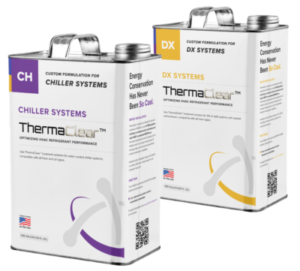
Photo Courtesy: ECM Technologies
These validated additives, like ECM Technologies’ ThermaClear solution, are a proven remedy to restoring lost efficiency, extending equipment life and lowering overall building emissions. With no additional hardware or downtime, one application can restore a system back to optimal operating efficiency for the lifespan of the equipment.
With proven HVAC additives like ThermaClear, facility managers can not only gain back lost HVAC performance to the benefit of reduced energy consumption and lower maintenance costs, but it can also be used as part of a plan to reduce a buildings carbon footprint.
Michael Daly, P.E., Chief Technology Officer at ECM Technologies, is a seasoned professional with 30-plus years of engineering and business management experience. He has made a career of developing, manufacturing, and selling lifesaving and life-changing technologies focused on energy conservation measures. Currently, he is bringing HVAC innovation to the market with ThermaClear, ECM Technologies’ green HVAC treatment that helps building owners improve their carbon footprint and cut electrical costs with a fast payback period. Michael has a PE license in the State of Arizona, with his BSME from the University of Arizona and executive education through the Harvard Business School Program for Management Development. Additionally, he received his program management certification, PMP through PMI and is certified in several quality methodologies.
*Featured Image Logo Courtesy: ECM Technologies

